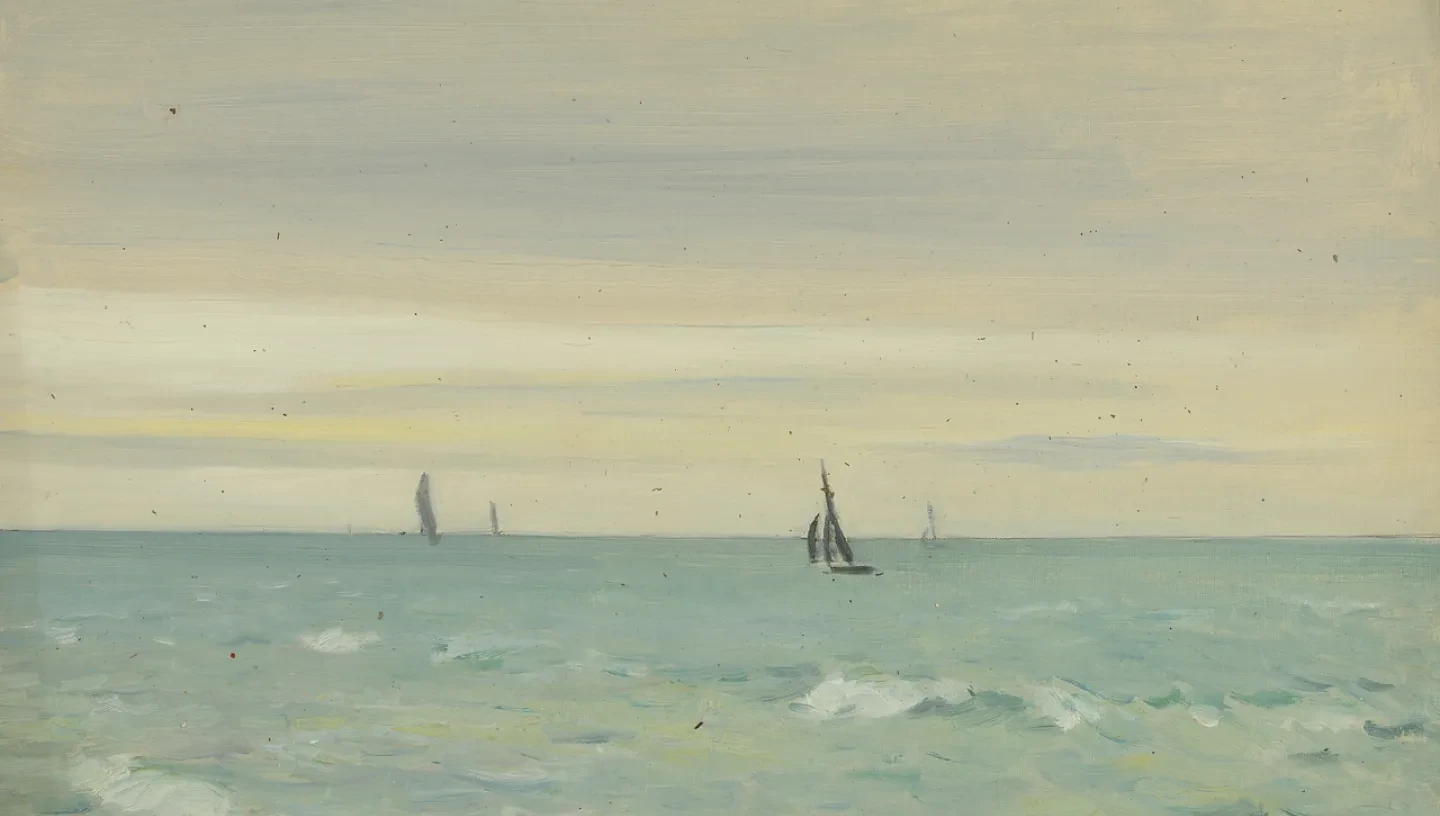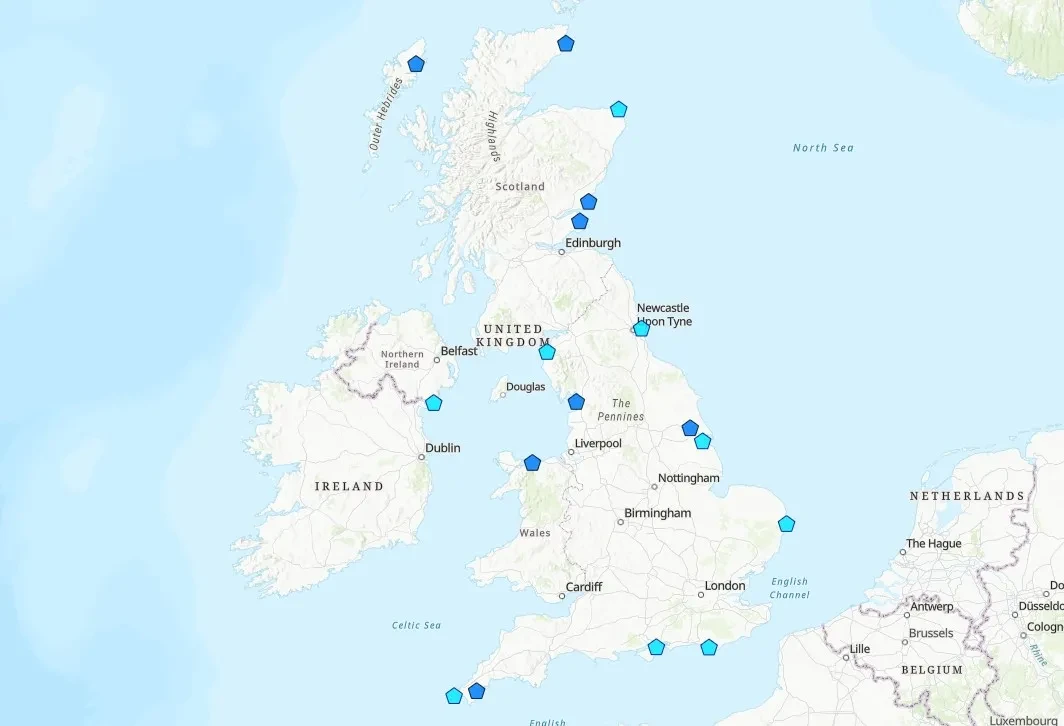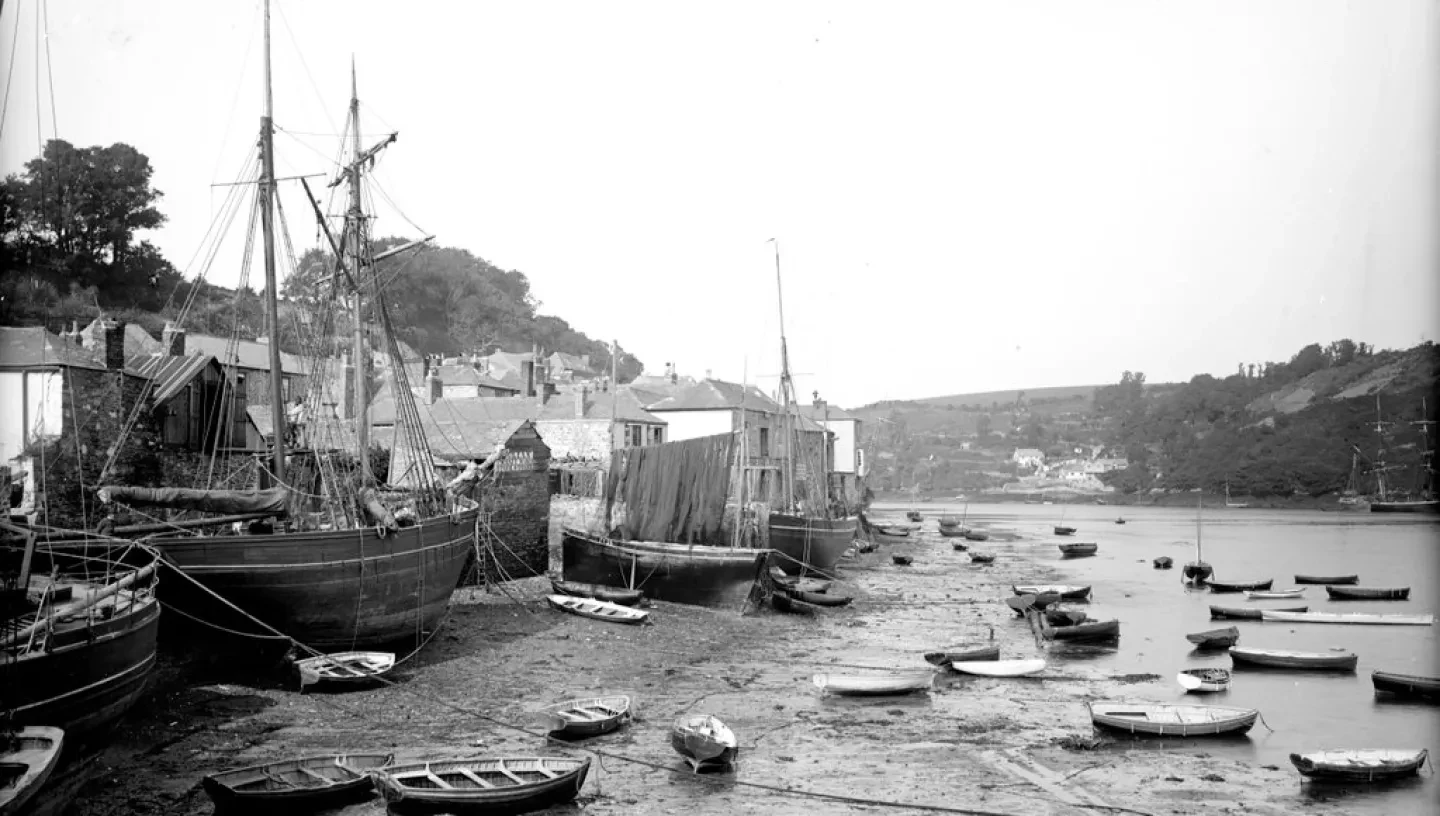
Maritime welfare charities have joined forces to support a new annual National Fishing Remembrance Day for those who have lost their lives while fishing at sea.
The second National Fishing Remembrance Day will take place on Sunday 11 May 2025. Details of events taking place across the United Kingdom can be found here.

Maritime Memorials
Fishing historically was a dangerous occupation. Even today, despite advances in safety measures, fatalities occur.
The National Maritime Museum is the custodian of the Maritime Memorials database, which currently contains records of over 6000 church, cemetery and public memorials to seafarers and victims of maritime disasters, including many important works by prominent sculptors and designers.
The database includes memorials remembering fishers of the past found throughout the UK. An interactive map highlights just some of the many fascinating stories these memorials reveal.
Explore the map here, and discover a small selection of interesting memorials from the database below.
Memorial to the victims of the Dogger Bank Incident, Hull
Memorial commemorating George Henry Smith d.1904, William Richard Leggett d.1904, Walter Whelpton d.1904
Location: Hessle Road, Hull, East Riding of Yorkshire
Deep-sea trawling was already a risky occupation for the fishermen of Hull without being caught in the crossfires of the Great Powers’ wars.
During the 1904 Russo-Japanese War, three crewmembers of Hull trawlers 'Crane' and 'Mino' were ‘victims of mistaken identity’. Skippers George Henry Smith and Walter Whelpton, and third hand William Richard Leggett, were the fiercely mourned victims of a mistaken attack by the Russian Navy, which became known as the Dogger Bank Incident.
Amid diplomatic tensions between Britain and Russia, and local outrage, a statue of skipper Smith in fishing gear was erected at the heart of Hessle Road, overseen by the Blythe Boys Guild Lodge to which he belonged.
Hessle Road is well-known locally as a focal point for Hull’s fishing community. True to its spirit, later in the century, activist Lillian Bilocca, the ‘headscarf revolutionary’ who campaigned for better safety regulations on trawlers following the 1968 Triple Trawler Tragedy, lived there too.
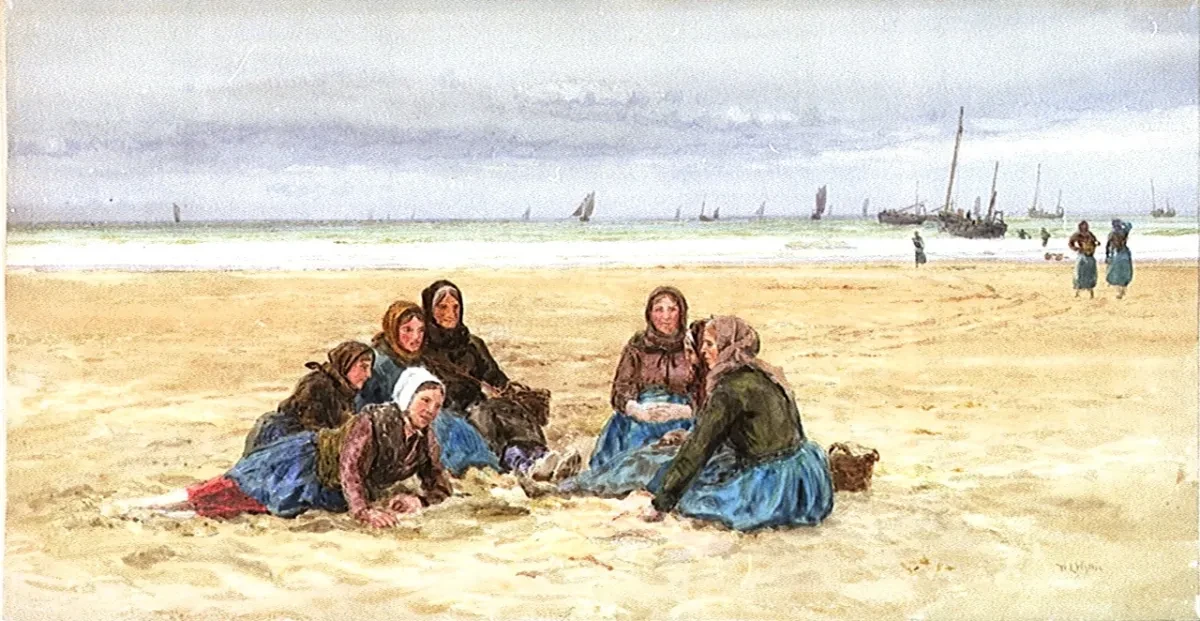
Women have always played an important part in the fishing industry.
Fish Wives, William Lionel Wyllie, PW0852
Memorial to a St Andrews fisherman-scientist
Memorial commemorating 'fisherman-scientist' Alexander Wallace Brown d.1920 and relatives: James Brown d.1880, Annie Wallace Brown d.1960, Alexander Brown d.1929, Annie Wallace Brown d.1920
Location: St Andrews Cathedral, St Andrews, Fife
On the Wallace Brown family headstone at St Andrews Cathedral in Fife, Annie Wallace Brown Jr. gives her late father a unique and interesting epithet – ‘fisherman-scientist’.
Described as ‘custodian and invaluable aid on land and sea’, serving in the regular Royal Navy and the Reserves, Alexander Wallace Brown appears to the viewer both hardworking and cosmopolitan, a man indispensable in thought and action.
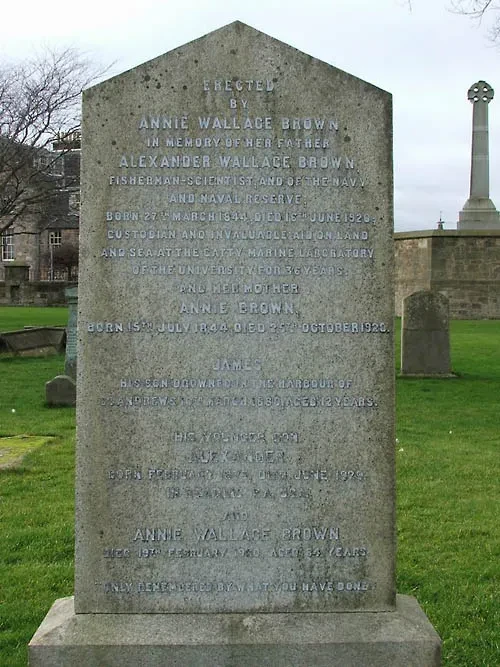
This was a common performative function of the headstones of the middle and upper-class in Britain. Between the lines, this headstone tells stories of a life and career in a prestigious university town, and of the pride one family found in participation in both marine forces and marine biology.
Unhappily, Alexander’s son James is also commemorated on this headstone – drowned in St Andrews Harbour aged 12. More prosaically, the headstone celebrates Brown’s 36 years at the Gatty Marine Laboratory, University of St Andrews. As the First World War continued, he was one of the last two men working there at its closure in 1917.
This symbiosis of fishing and science in the Wallace Brown family’s milieu can be spotted in another event in Brown’s working life. In 1913, the Gatty was deliberately set on fire by women’s suffrage campaigners, spotted by another fisherman out at sea.
Inevitably, the image Annie’s inscription conjures blends both personal affection – one woman’s image of her brave, bookish father – and projection of personal and familial respectability in a small university town.
Memorial to a family tragedy
Memorial commemorating Andrew Fawcus Sr. d.1885, Thomas Fawcus d.1885, Robert Fawcus d.1885, Andrew Fawcus Jr d.1885
Location: St Ebba’s Church, Beadnell, Northumberland
A long-time Beadnell resident and member of the fishing community, Andrew Fawcus Sr was skipper of the coble 'Mary Ann', a family venture run with his three sons, Thomas, Robert, and Andrew Jr.
The four Fawcus men set sail on 31 January 1885 in stormy weather to collect their crab pots and fell victim to rough seas and strong tides within sight of their house - with their sister watching from the shore. Even so close to home, their remains were never found.
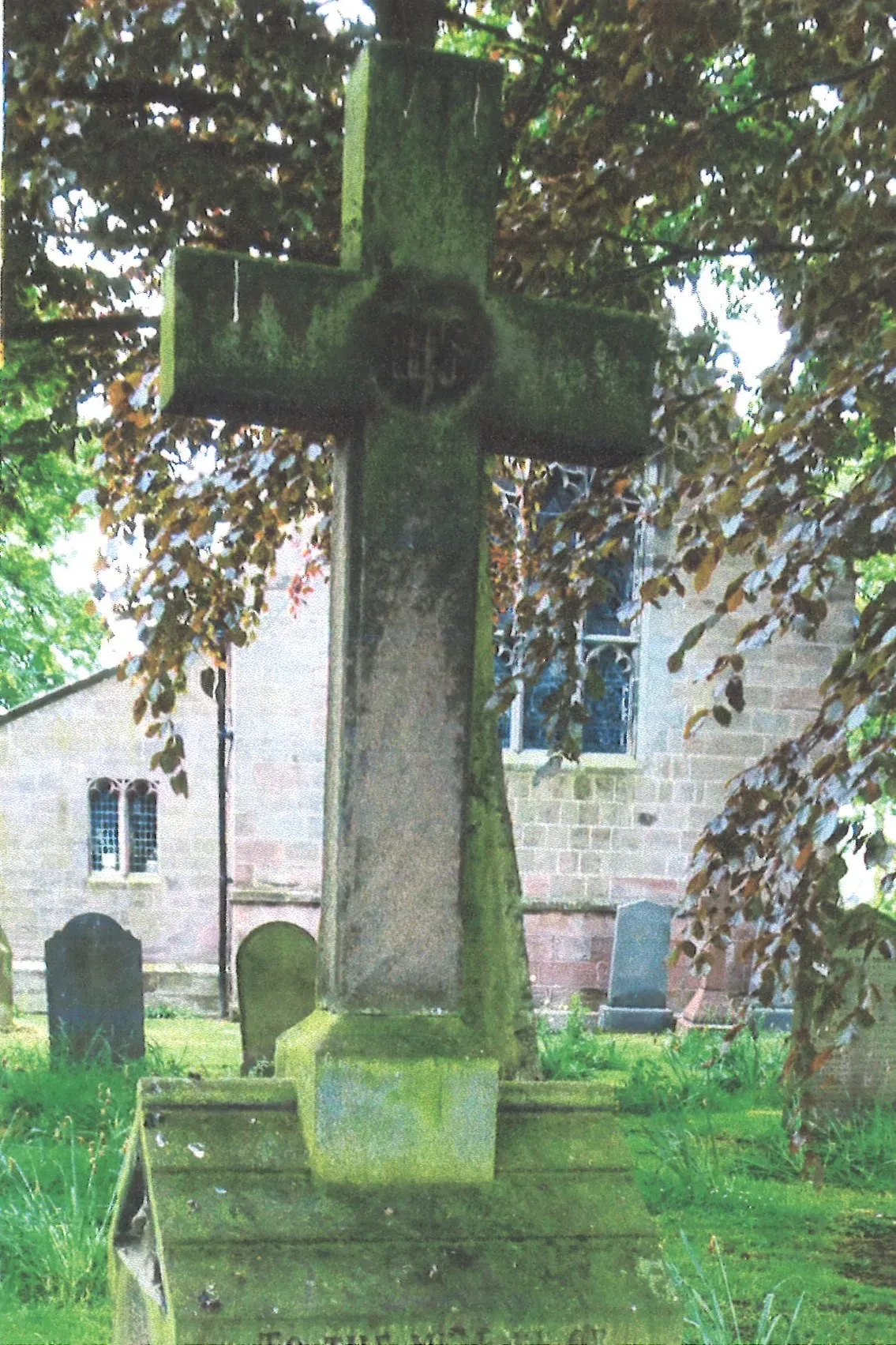
The esteem the family held in Beadnell and its decimation is displayed in the inscription – ‘erected by friends’. Not mentioned, however, are at least three surviving female family members who must have been devastated by their loss – Thomas and Robert both left wives and children behind.
Women in towns like Beadnell processed mussels, collected bait and sold catch whilst their husbands were at sea. The struggle to make a living on small inshore fishing boats may have been what pushed the Fawcus men to venture out on such a treacherous night; in North East fishing communities, men and woman equally laboured to keep the fishing industry – and their families – afloat.
This memorial tells a heartbreaking story of familial loss but only hints at the emotional and community landscape surrounding the tragedy.
